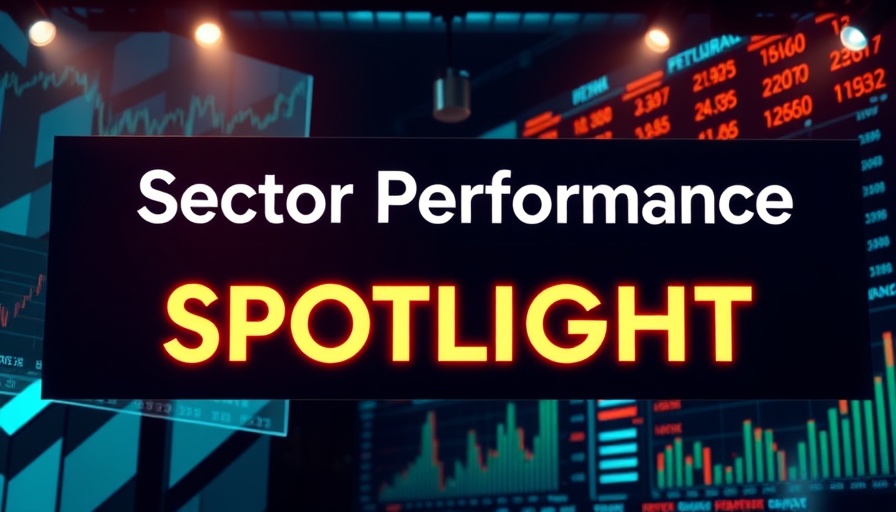
The Evolution of Trading: A Technological Journey
The transformation of financial markets, especially in cryptocurrencies and traditional trading, showcases an extraordinary technological journey that resonates with both seasoned veterans and newcomers alike. Gone are the bustling trading floors where traders once shouted bids; in their place, algorithms execute trades at lightning speed.
From Human Artistry to Digital Precision
In the mid-20th century, trading relied heavily on human intuition and experience. Floor traders in arenas like the New York Stock Exchange thrived on reading crowd sentiment—something that was as much art as it was science. They could detect shifts in market mood that data alone couldn’t capture. However, this human element was fraught with inefficiencies, and as the digital revolution began, these limitations became glaringly evident.
The Rise of Algorithmic and High-Frequency Trading
The 1970s heralded the advent of electronic trading, making real-time market data available to more than just the privileged few. As we moved into the 1990s, algorithmic trading took the stage, employing computer programs to automate trades based on complex criteria. Now, with high-frequency trading (HFT) pushing these boundaries further, some systems can execute trades in microseconds, dramatically increasing market volume.
Understanding the Implications
While the efficiency of HFT is impressive, it raises critical questions about the nature of trading liquidity, market fairness, and ethical considerations in modern finance. As new traders dive into cryptocurrency markets, understanding these technologies becomes essential not just for navigating the market but also for grasping the broader financial ecosystem.
Reflecting on the Future
As we ponder the future of trading technology, it’s prudent to balance efficiency with ethical responsibility. Both novice and experienced traders should consider the societal impacts of these advancements. Embracing technology comes with the responsibility to question and understand its influence on market dynamics.
 Add Row
Add Row  Add
Add 




Write A Comment